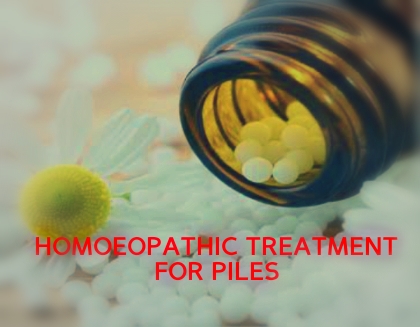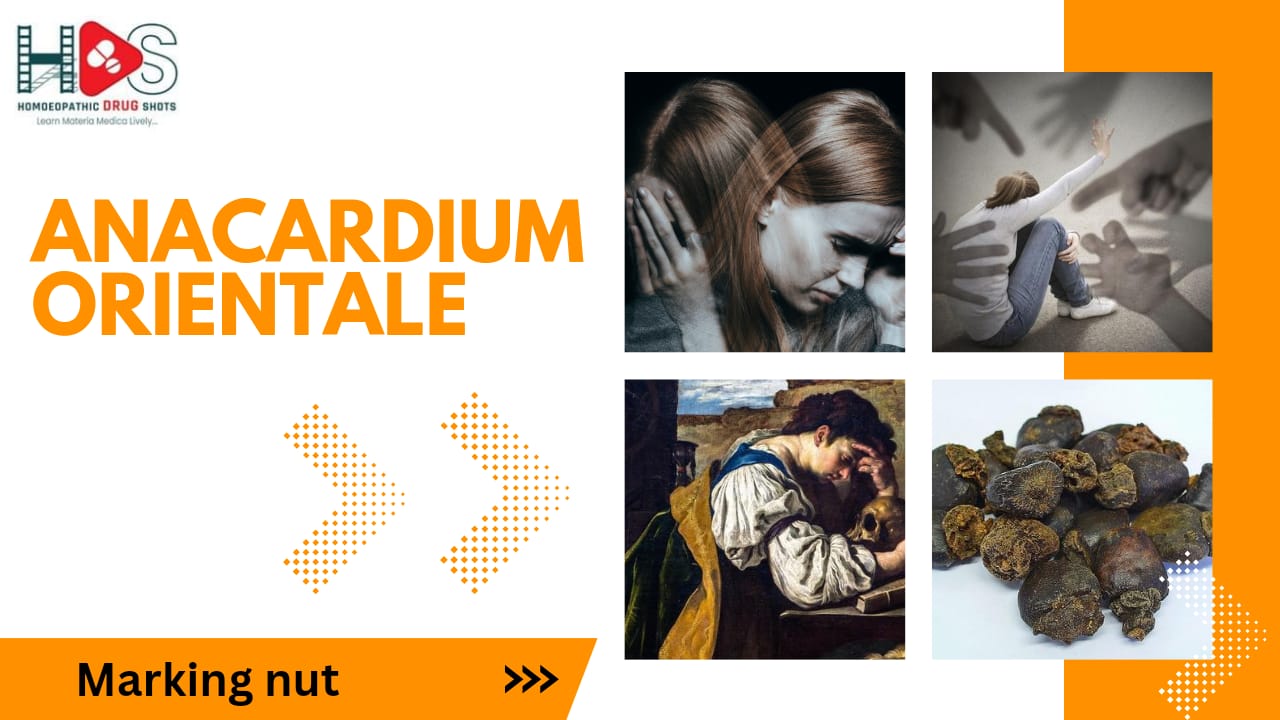
Vitiligo – Role of Homoeopathy in Treatment of Vitiligo
Vitiligo is a long-term skin condition characterized by the loss of pigment-producing melanocytes in certain areas of the skin, resulting in white or depigmented patches. This condition can also affect the mucous membranes and, rarely, the eyes. Vitiligo affects people of all races and genders, but it is more noticeable in individuals with darker skin.
Causes:
- The exact cause of vitiligo is Idiopathic.
- It is said to be an autoimmune disorder, where the body’s immune system mistakenly attacks and destroys melanocytes.
Genetic factors may play a role, as vitiligo tends to run in families. - Some other factors such as oxidative stress, neural factors, and viral infections could trigger or exacerbate vitiligo.
Symptoms:
The main symptom of vitiligo is the appearance of white patches on the skin which may vary in size and shape and can occur anywhere on the body.
The loss of pigment can also affect the hair, causing premature graying or whitening of hair in the affected areas.
Vitiligo can be associated with other autoimmune conditions like thyroid disorders, diabetes, and alopecia areata.
Diagnosis:
Diagnosis is typically made based on a physical examination by a dermatologist.
In some cases, a skin biopsy or a Wood’s lamp examination (a specialized ultraviolet light) may be used to confirm the diagnosis and assess the extent of depigmentation.
Types:
There are different types of vitiligo, including segmental vitiligo (which typically affects one segment of the body), non-segmental or generalized vitiligo (which can occur anywhere on the body), and other rare forms.
Psychosocial Impact:
Vitiligo can have a significant psychosocial impact on individuals, as it often affects one’s self-esteem and body image.
Support groups and counseling can be helpful for individuals dealing with the emotional aspects of vitiligo.
HOMEOPATHIC TREATMENT :
Arsenum Sulphuratum Flavum (Arsenic Sulphide):
- This remedy is often considered when the vitiligo patches are dry, scaly, and itchy.
- The person may feel anxious and restless.
Arsenicum Album (Arsenic Trioxide):
- It’s indicated for individuals with vitiligo who are anxious, restless, and have a fear of disease.
- They may have a burning sensation in the patches.
Calcarea Carbonica (Calcium Carbonate):
- This remedy may be considered for individuals who are overweight, sensitive to cold, and prone to sweating excessively.
- They may have vitiligo in various body areas.
Hydrocotyle Asiatica (Gotu Kola):
- It’s often recommended for vitiligo with circular or irregular-shaped patches.
- The skin may feel rough, dry, or scaly.
- It may be accompanied by itching.
Nitricum Acidum (Nitric Acid):
- This remedy is indicated when there are painful cracks or fissures in the vitiligo patches.
- It is also considered for individuals with a strong tendency to catch cold easily.
Silicea (Silica):
- Silica is useful for those with vitiligo, especially when it occurs on the tips of fingers and toes.
- The skin may feel cold and sweaty.
Thuja Occidentalis (White Cedar):
- Thuja is considered for individuals with vitiligo who have warty growths or moles on the skin.
- It’s also indicated for those who have a history of vaccination.
Sulphur:
- Sulphur is suggested for individuals who have hot and burning sensations on the skin, with a tendency to itch and worsen with heat.
- It may also be prescribed if there’s a history of skin eruptions.
Psorinum:
- Psorinum is often considered when the skin is unhealthy and discharging, and there’s an offensive odor associated with the condition.
Worked By: Sunitha Asir (Final BHMS)






